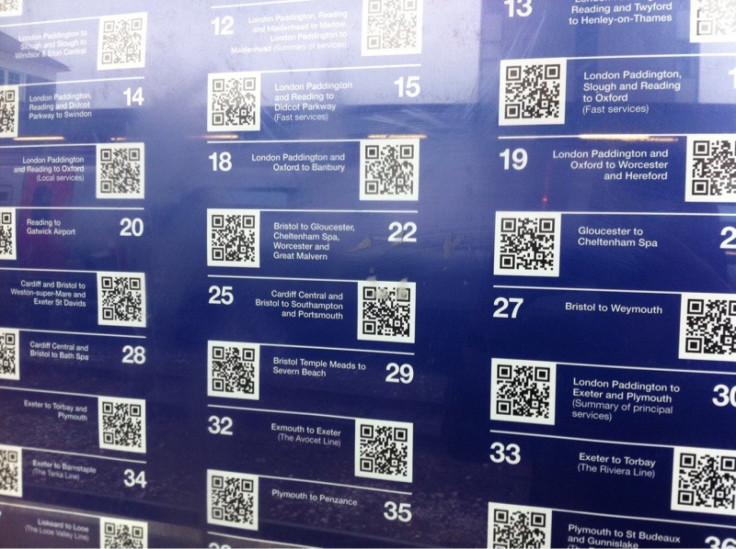Will QR Codes Take Over Advertising?

Have you been noticing square blocks while driving by billboards, flipping through newspaper ads, or even receiving a tech-saavy friend's business card? Short for Quick Response codes, it's a new form of barcode-like technology that lots of marketing agencies are shifting their attention to. As smartphones become more widely used here, more consumers are getting their hands on camera-ready phones to scan these patterned blocks. After taking a picture of the image, you are typically referred to some online content, like a video ad or coupon from the merchant.
Whereas traditional barcodes scan data horizontally, QR codes are different in that they scan vertically as well. This means that QR codes can hold up to 90 alphanumeric characters, whereas old barcodes are limited to 12 characters. What's in it for companies? Well, for one thing they can use these codes to not only direct customers to more interactive forms of advertising, but also use this data to track the number and location of scans. With more frequent usage, this could become a novel way of consumer reporting in coming years.
In Granada, Spain, back in 2007 QR-coded stamps led people to a historical video of the Alhambra Palace. On its 20th anniversary this year, Croatia's postal offices followed suit by issuing a special edition postage stamp with QR codes in the center. Each unique code served as an indicator for customers for their delivery statuses.
Closer to home, British company QRpro is working on developing QR technology through building professional campaigns, helping different groups create codes for their purposes. Also in the UK, London-based Club Drug Clinic is utilizing QR codes on their stickers to provide statistical information to clubbers using substances recreationally. They hope to promote safe usage by taking advantage of the new technology.
Still, one major upside to QR technology could be that it is more environmentally friendly than printing millions upon millions of posters, flyers, business cards, etc. Instead of handing out physical advertisement, companies and groups could instead save money by sending their customers to these digital replacements. Of course, another risk involved is that they would have to count on customers to actually scan these QR codes. Then again, wouldn't passing out flyers only to be tossed in the garbage the next second be of comparable risk?
In the end, we may be asking how user friendly consumers are finding these codes and whether the technology is catching on as a marketing trend. A recent comScore report reveals that growth with QR codes is in fact moving sluggishly. Not only is the current usage stagnant at a low six percent, but the small group of scanners appears to be wealthy white males, too. Perhaps other already rapidly developing technologies like Near Field Communication (NFC), which is going to simplify payment transactions over smartphones, will take hold at a greater and faster rate than Quick Response has shown to.
© Copyright IBTimes 2024. All rights reserved.





















